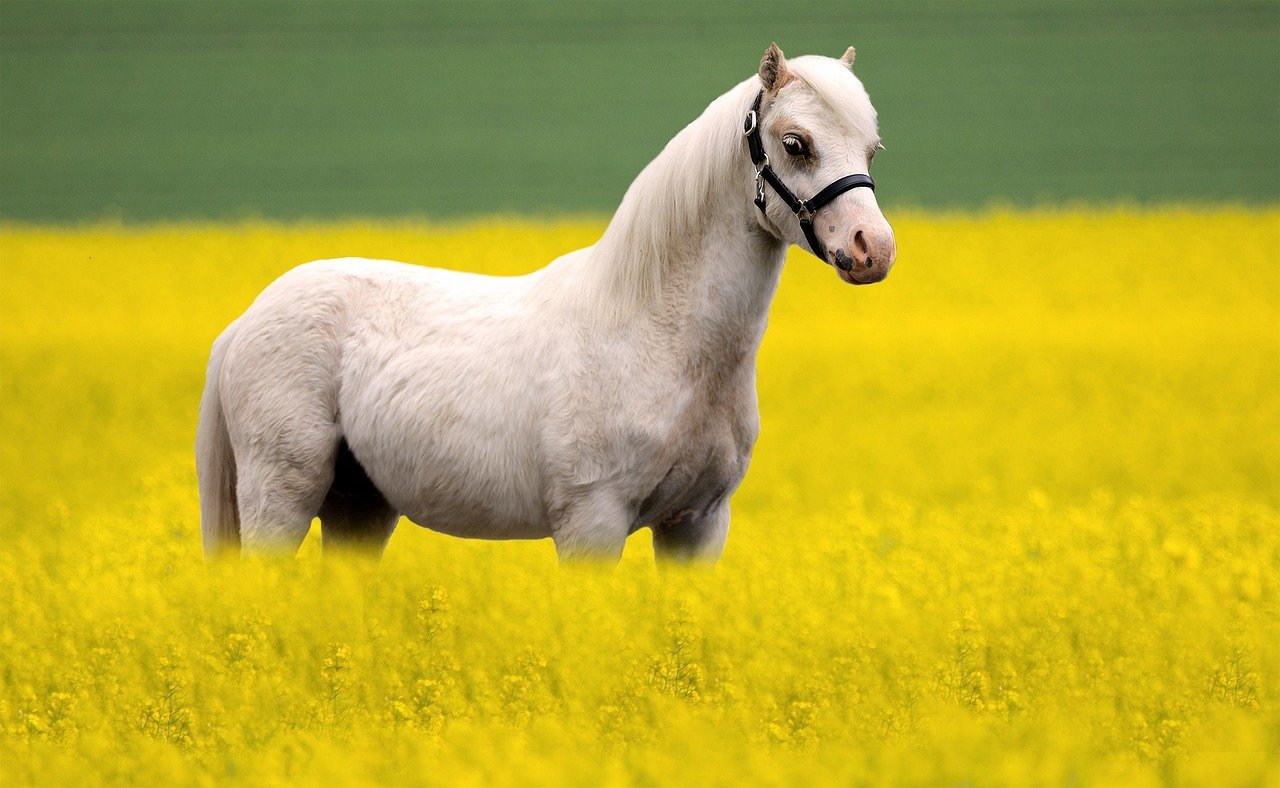Have you ever stood at the edge of a stable, your heart pounding, dreaming of the perfect first horse? Horses have a magical way of tugging at our hearts, but not every breed is a fairytale come true for newcomers. Some horses seem born to be gentle guides, while others challenge even seasoned riders. Whether you’re falling in love with horses for the first time or just curious about which breeds are best (and worst) for beginners, this list will surprise you. Let’s saddle up and explore which horses offer smooth rides — and which ones can turn a dream into a wild adventure.
American Quarter Horse: The Friendly All-Rounder
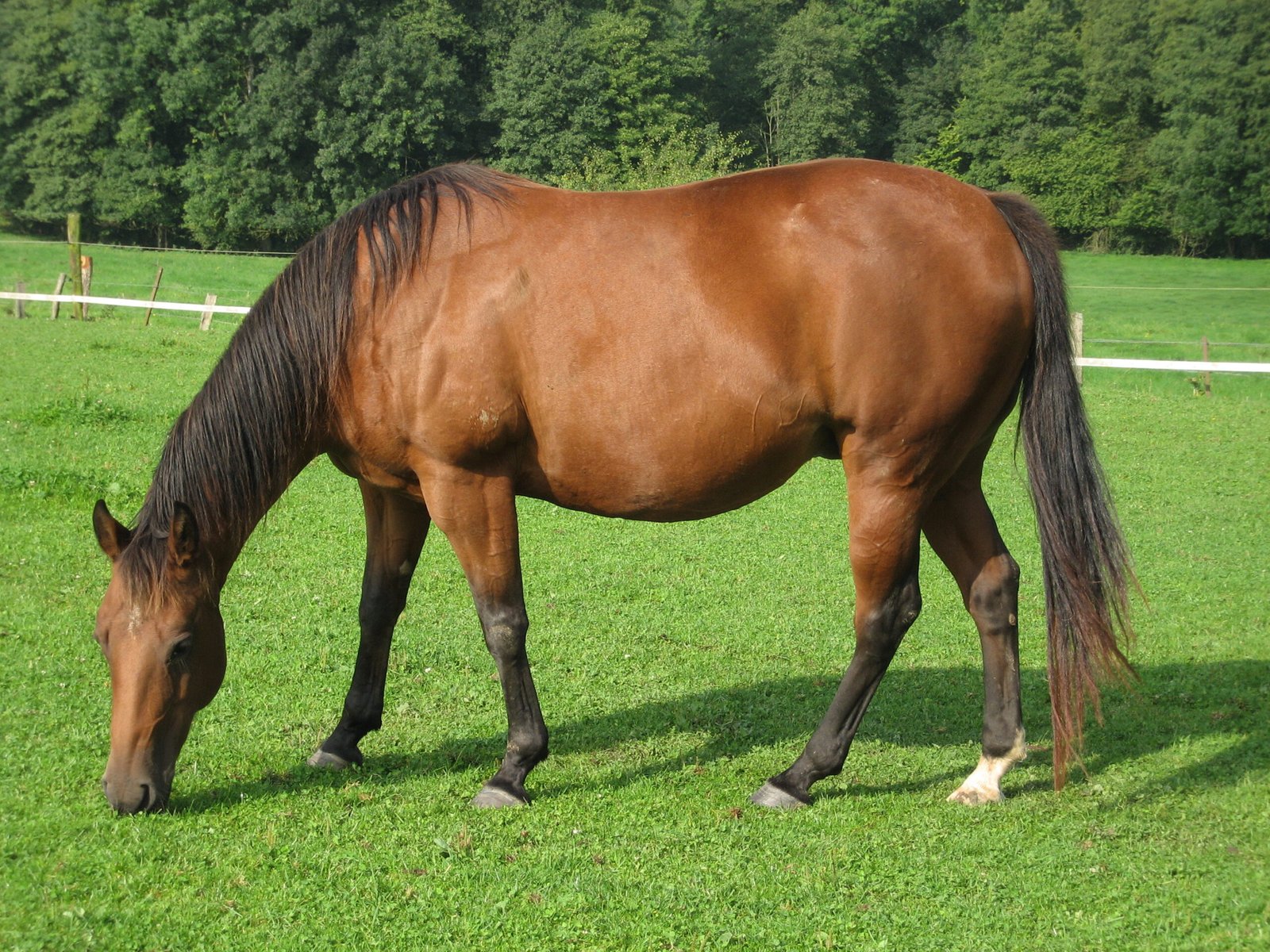
When people picture a classic, reliable horse, the American Quarter Horse almost always comes to mind. Known for their calm, easygoing nature, these horses have been a favorite in the United States for generations. They’re incredibly versatile, excelling in everything from Western pleasure to simple trail rides. Their willingness to please and forgiving attitude make them a dream for those learning the ropes.
Quarter Horses are also incredibly sturdy and sure-footed, which means they can help a beginner avoid rookie mistakes. Their intelligence shines through, but they don’t hold grudges if you fumble with the saddle or mess up a command. You’ll find them patient with nervous riders, often adapting their pace to fit the confidence of the person on their back. This breed’s loyalty and even temperament make them a top pick for first-time owners. Plus, their popularity means there’s no shortage of good advice or experienced trainers to help you along the way.
Morgan Horse: The Loyal Teacher
Morgan horses have personalities as warm as their deep brown eyes. They’re famous for their willingness to bond with humans and for their gentle spirits. If you want a horse that feels more like a best friend than a pet, the Morgan is a great choice. Their manageable size and smooth gaits mean they’re comfortable for people of all ages.
This breed is incredibly versatile, often used in both English and Western disciplines. Morgans are alert but not easily spooked, which is a huge plus for anyone just starting out. They’re also known for their intelligence, making them quick learners who enjoy new challenges. Beginners often find that Morgans forgive mistakes and offer encouragement with their eager, affectionate natures. Owning a Morgan feels almost like having a wise old mentor by your side every time you ride.
Appaloosa: Spotted Beauty, Steady Companion
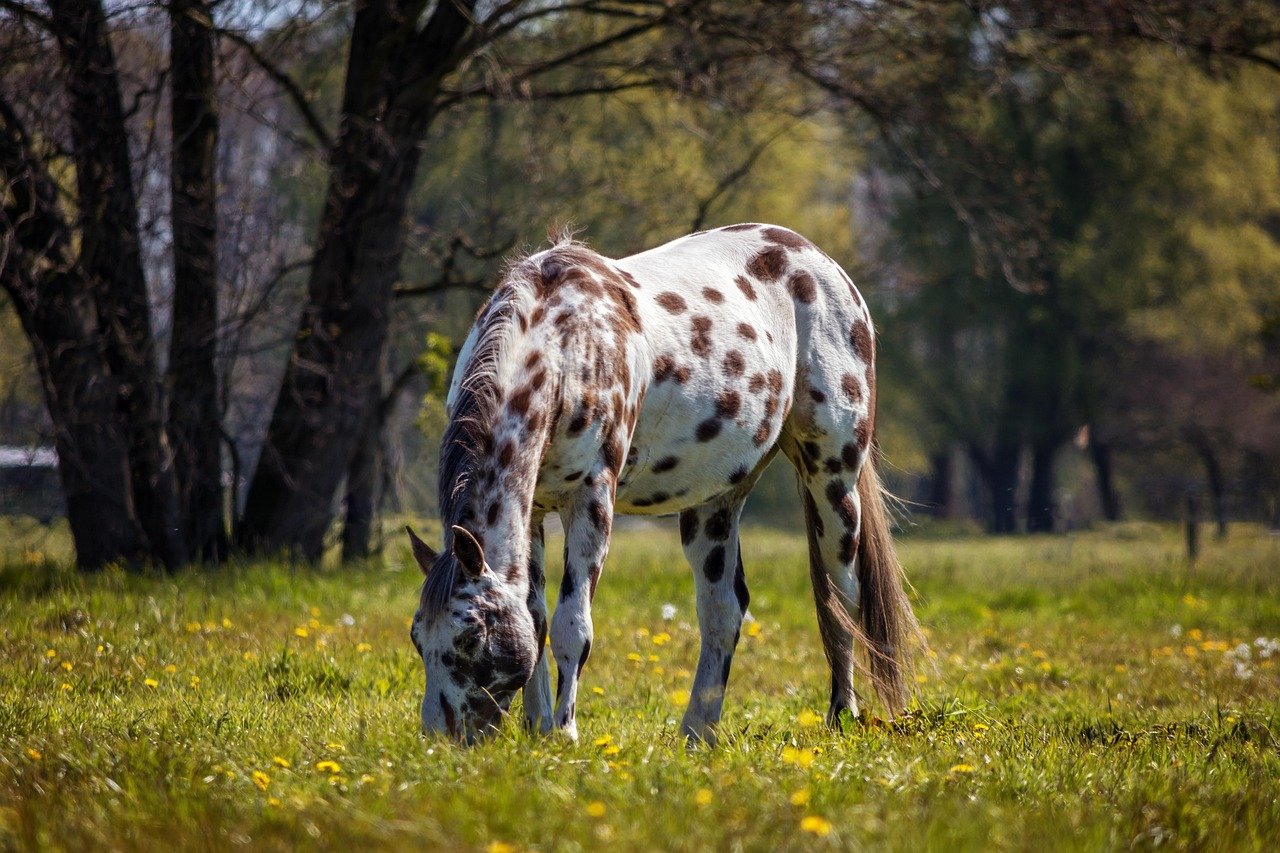
Appaloosas are instantly recognizable for their unique spotted coats, but there’s more to them than good looks. They’re known for being steady, reliable, and level-headed. Many beginners find Appaloosas are less likely to bolt or panic, which makes every ride a little less nerve-wracking. Their friendly, curious personalities make them easy to bond with, both on the ground and in the saddle.
Appaloosas are also hardy creatures, often requiring less maintenance than more delicate breeds. They can handle a variety of terrains, so you don’t have to worry much about where you ride. Some say these horses have a sixth sense for their rider’s emotions, offering comfort and calm when nerves kick in. For many new riders, having a horse that understands you — even when you’re unsure — is priceless.
Paint Horse: Colorful and Cooperative
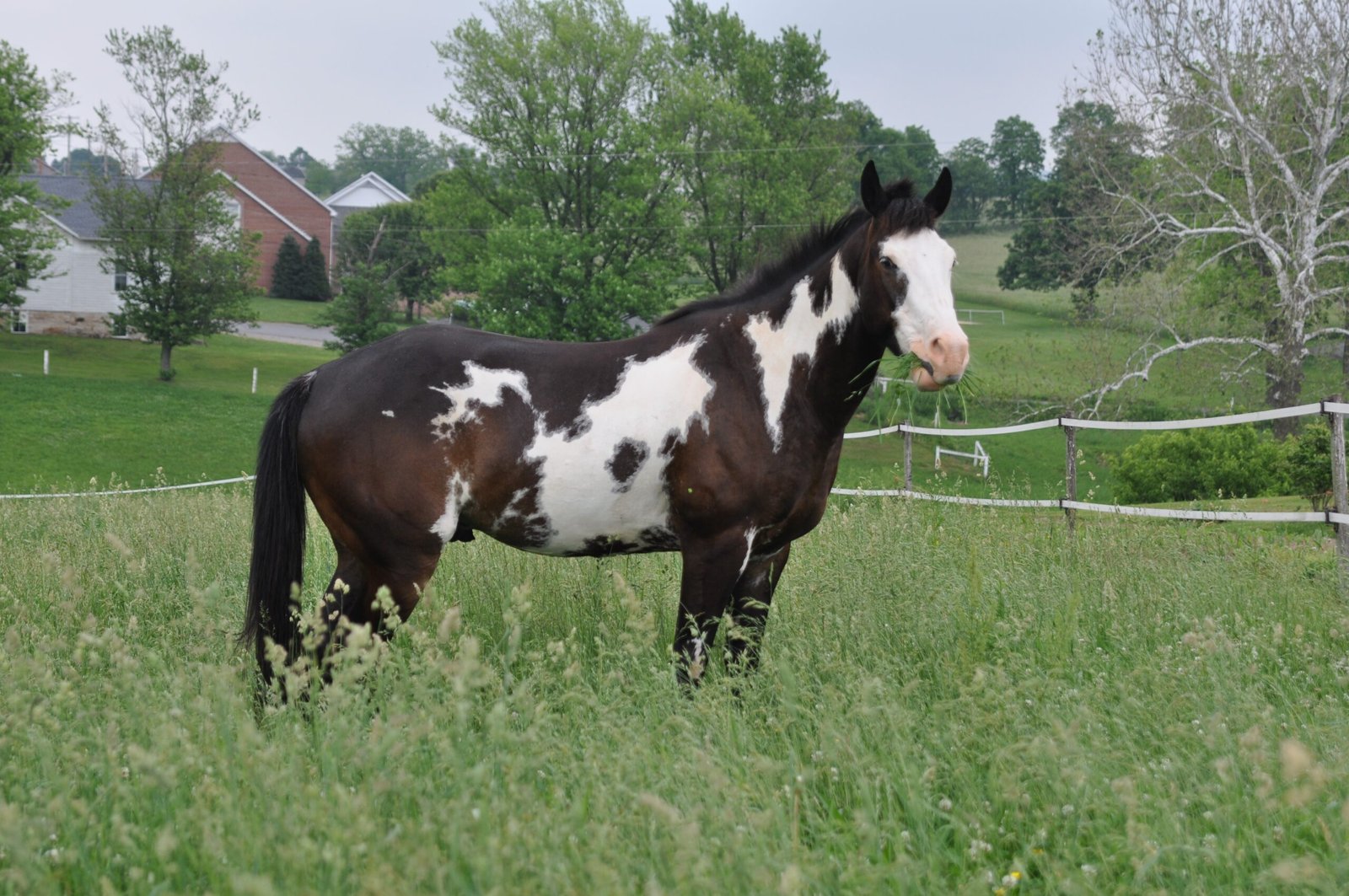
Paint Horses are a blend of beauty and brains. Their eye-catching coats aren’t just for show — these horses are as smart as they are stunning. Paints tend to be calm, even-tempered, and highly trainable, making them a favorite for those just finding their footing with horses. They’re often used in riding schools and therapy programs because of their gentle approach to new riders.
Paint Horses are typically eager to please, which means they’ll work hard to understand what you want. Their easygoing personalities help smooth over beginner mistakes, and their confidence can be contagious. Riding a Paint often feels like having a patient coach, ready to help you improve at your own pace. Their versatility means you can try a little bit of everything — from trail riding to basic jumping — without overwhelming yourself.
Welsh Pony: The Kid-Friendly Choice
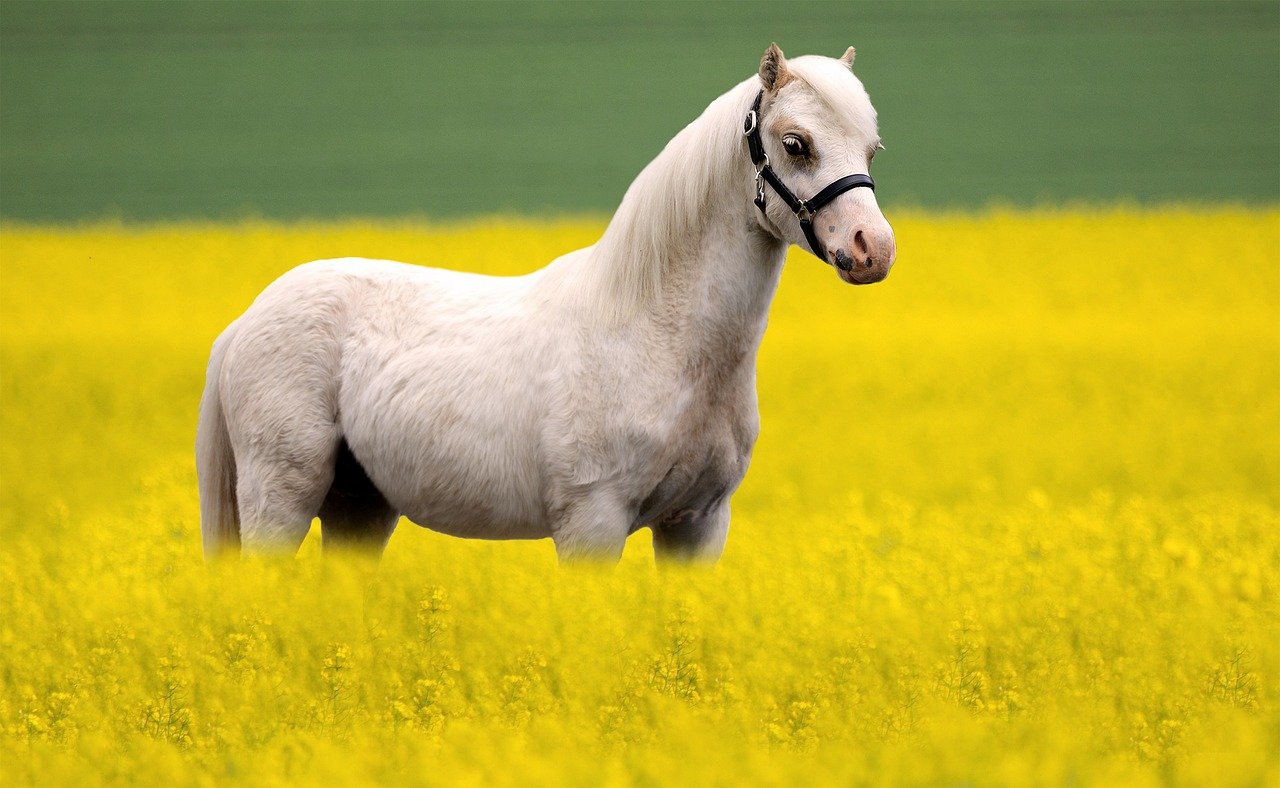
Don’t let their smaller size fool you: Welsh Ponies are mighty in heart and character. These ponies are renowned for their gentle dispositions, making them a top pick for children and smaller adults. They’re intelligent, quick to learn, and love to interact with people, which makes riding lessons fun rather than frustrating.
Welsh Ponies often have a playful streak, but they’re rarely stubborn or difficult. Beginners appreciate their responsiveness and willingness to cooperate. They’re also sturdy and less prone to health problems than some more delicate breeds. For families with young riders, or for adults who want a smaller horse with a big personality, the Welsh Pony is a safe and delightful option. Riding one can feel a bit like going on an adventure with a loyal sidekick from a fairy tale.
Connemara Pony: Sure-Footed Irish Friend
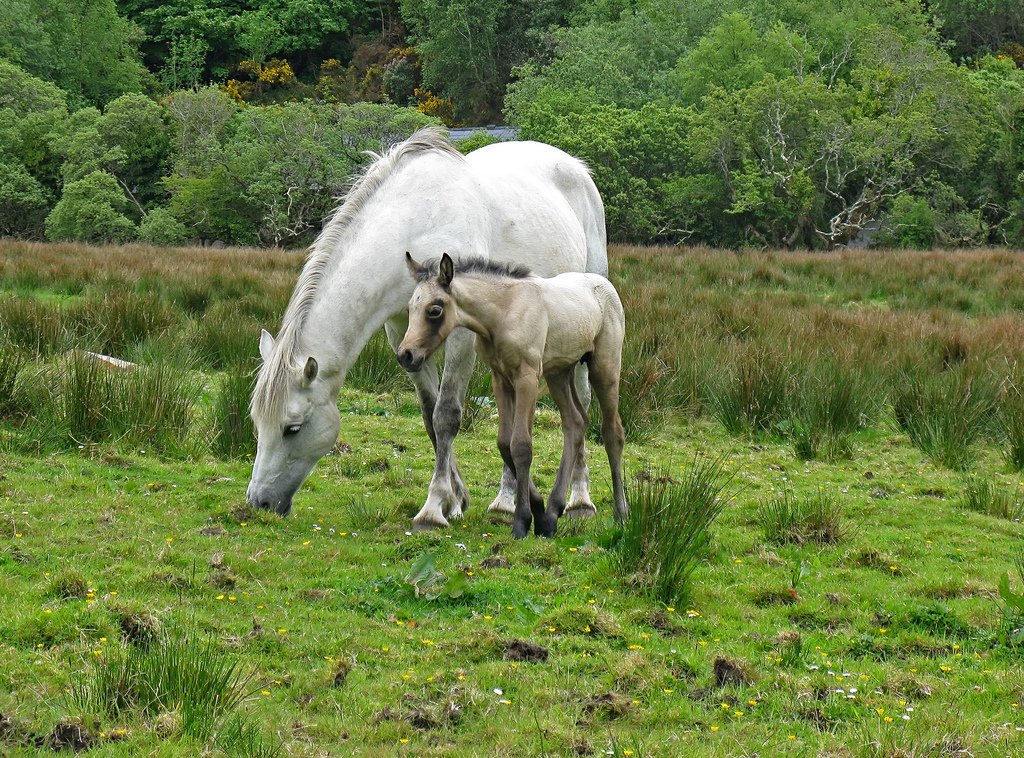
The Connemara Pony hails from the rugged hills of Ireland, and their resilience shows in every stride. Known for their calm, even temperaments, these ponies are the steady rock that many beginners need. They’re not just easy to ride — they’re also easy to care for, with tough constitutions and good health records.
Connemaras are highly adaptable, which means they can adjust to a variety of riding styles and environments without getting flustered. Their intelligence means they pick up new skills quickly, but they’re not so clever that they outsmart their riders. Many beginners find that Connemaras offer just the right amount of challenge to keep things interesting, without ever feeling unsafe. Whether you dream of trail rides or gentle lessons in the ring, this pony breed is ready to be your steadfast companion.
Missouri Fox Trotter: The Smooth Operator
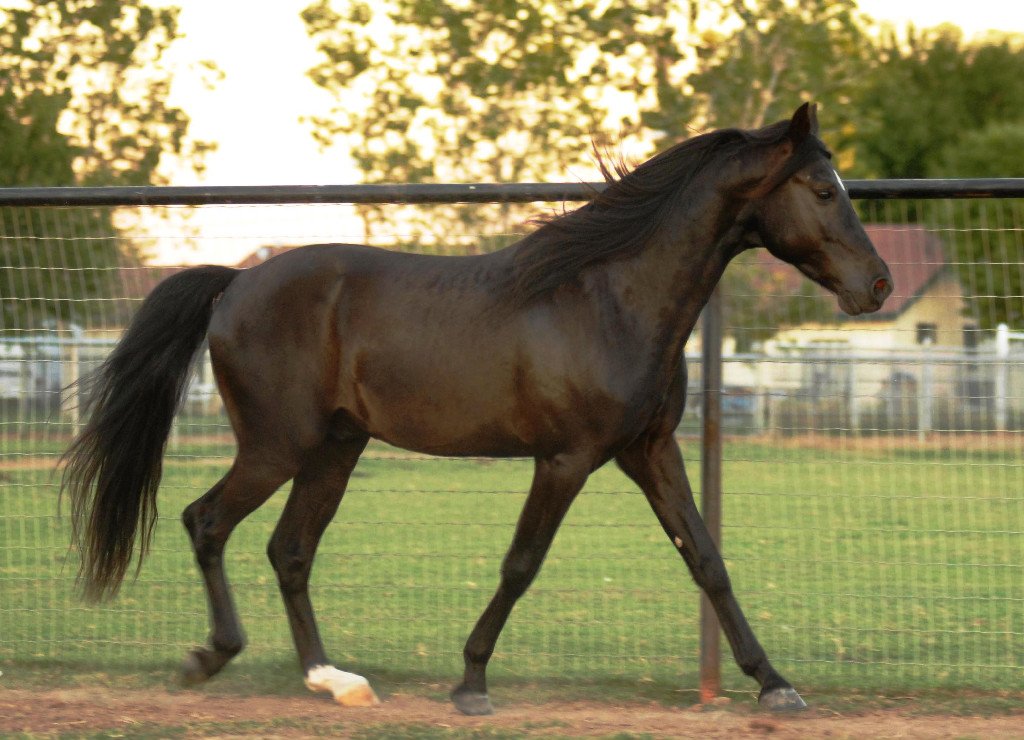
If you’re nervous about bouncing around in the saddle, the Missouri Fox Trotter could be the answer to your prayers. These horses are famous for their smooth, easy gaits, which make them a joy to ride for people of all experience levels. Beginners especially appreciate how comfortable they feel, even on long rides.
Fox Trotters are laid-back and sensible, with a calmness that puts new riders at ease. Their willingness to listen and respond to gentle cues makes it easier for beginners to build confidence. They’re also known for their stamina and versatility, able to handle everything from trail riding to working cattle. Many new horse owners say that riding a Missouri Fox Trotter feels like gliding rather than trotting, making every outing a pleasure.
Norwegian Fjord: The Gentle Viking
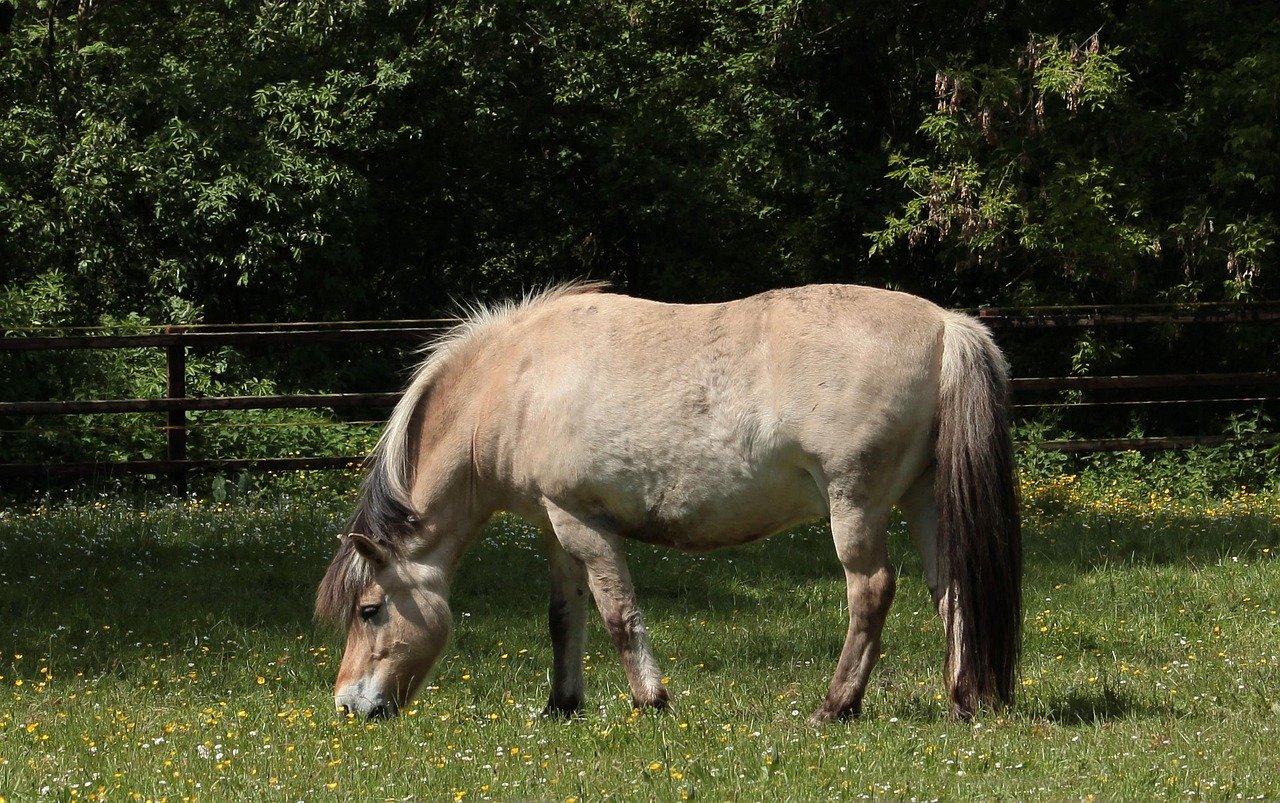
With their iconic dun coloring and upright manes, Norwegian Fjords look like they’ve stepped out of a storybook. But their appeal goes far beyond their unique appearance. Fjords are famous for their gentle, steady natures. They’re incredibly patient, often described as “bombproof” because so little rattles them.
Norwegian Fjords are also quite strong for their size, making them suitable for a variety of riders. Their calm demeanor helps beginners relax, and their intelligence makes learning together a cooperative experience. These horses are known to form strong bonds with their owners, offering affection and loyalty in return for kind handling. For someone new to horses, a Fjord can feel like a big, cuddly, reliable friend who always has your back.
Thoroughbred: A Challenging Ride for Many
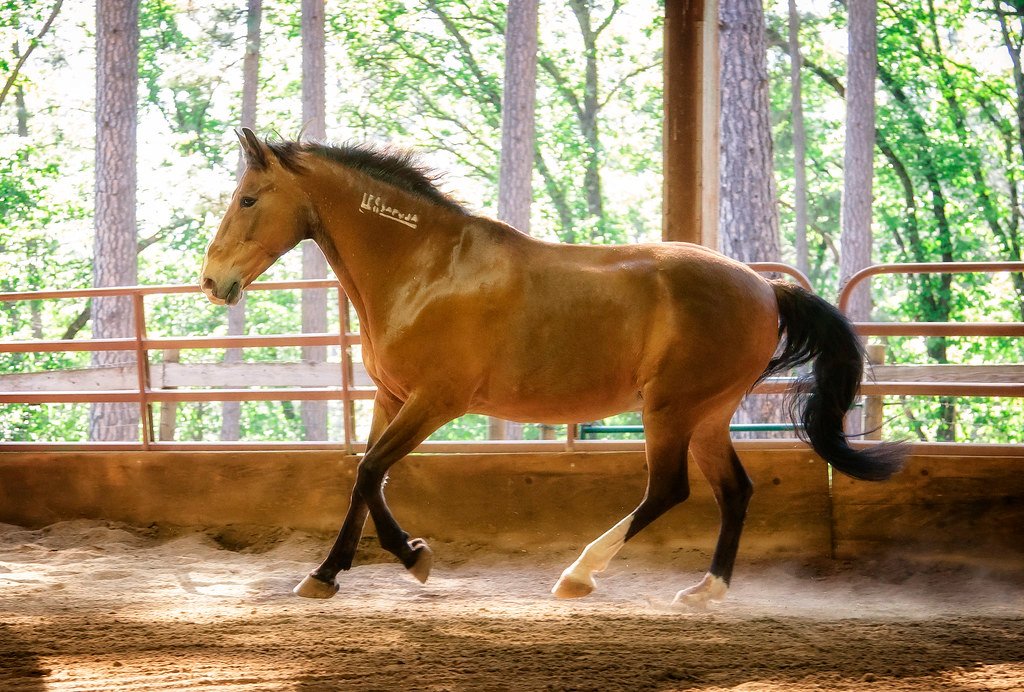
Now for the flip side: Thoroughbreds are stunning, but they’re not always the best choice for beginners. Bred for speed and stamina, these horses are athletic, sensitive, and often high-energy. While they’re brilliant athletes on the racetrack, their “go-go-go” mindset can be overwhelming for someone just learning the basics.
Thoroughbreds tend to react quickly to stimuli, which means a beginner’s accidental cue can send them into a flurry of movement. Their intelligence is a double-edged sword — they can learn quickly, but they can also pick up bad habits just as fast. Many experienced horse owners adore Thoroughbreds for their spirit and heart, but for a newcomer, this breed can feel like driving a sports car with no instructions.
Arabian: Beauty With a Side of Spice
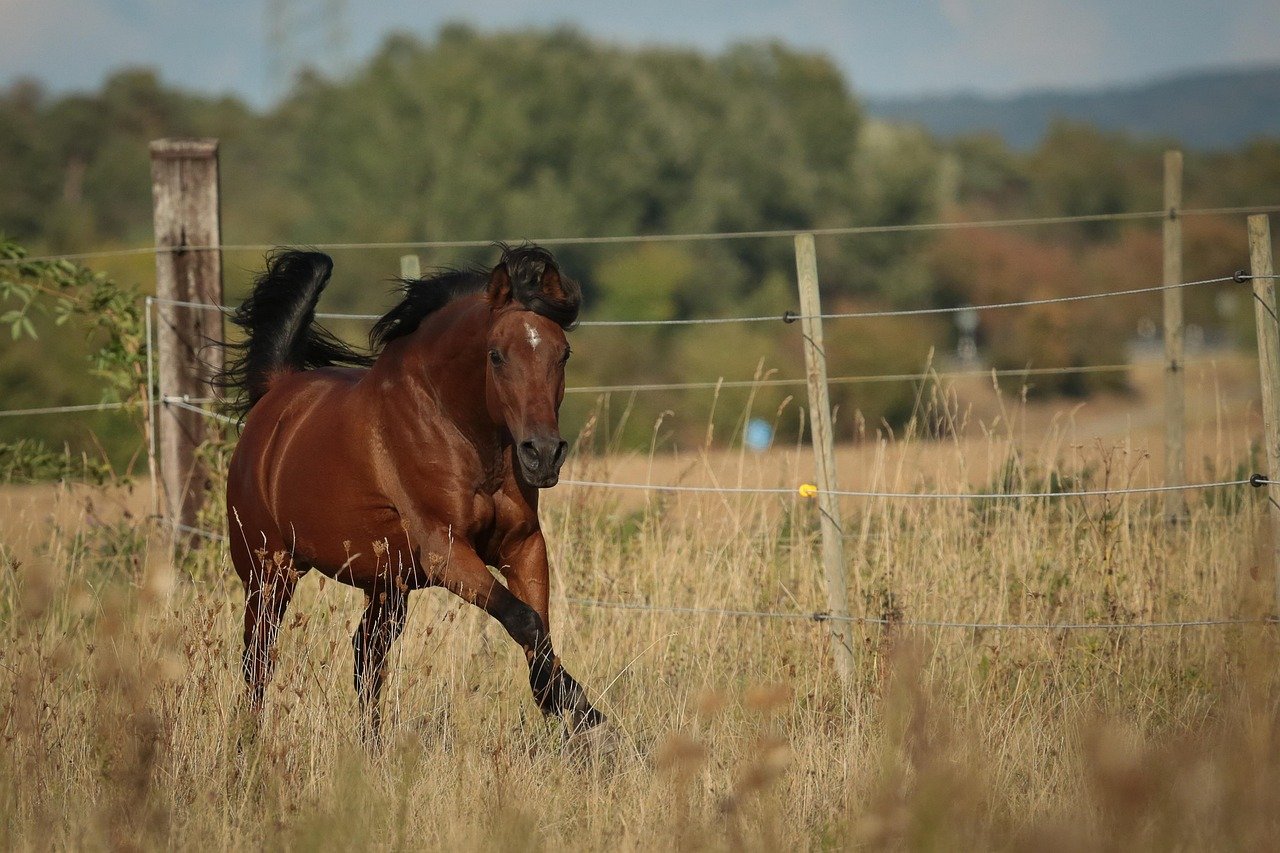
Arabians are the stuff of legends, admired for their beauty and endurance. But for beginners, their fiery, sensitive natures can be a real challenge. Arabians are incredibly smart, which means they quickly spot weaknesses in a rider’s skills. They’re also known for being spirited and sometimes stubborn.
This breed often requires a rider with calm confidence and a steady hand. Arabians can become easily bored or anxious if not handled carefully, leading to unpredictable behavior. While some experienced horse lovers adore Arabians for their loyalty and intelligence, they’re often too much horse for someone still learning how to balance in the saddle.
Akhal-Teke: Exquisite, But Not for Everyone
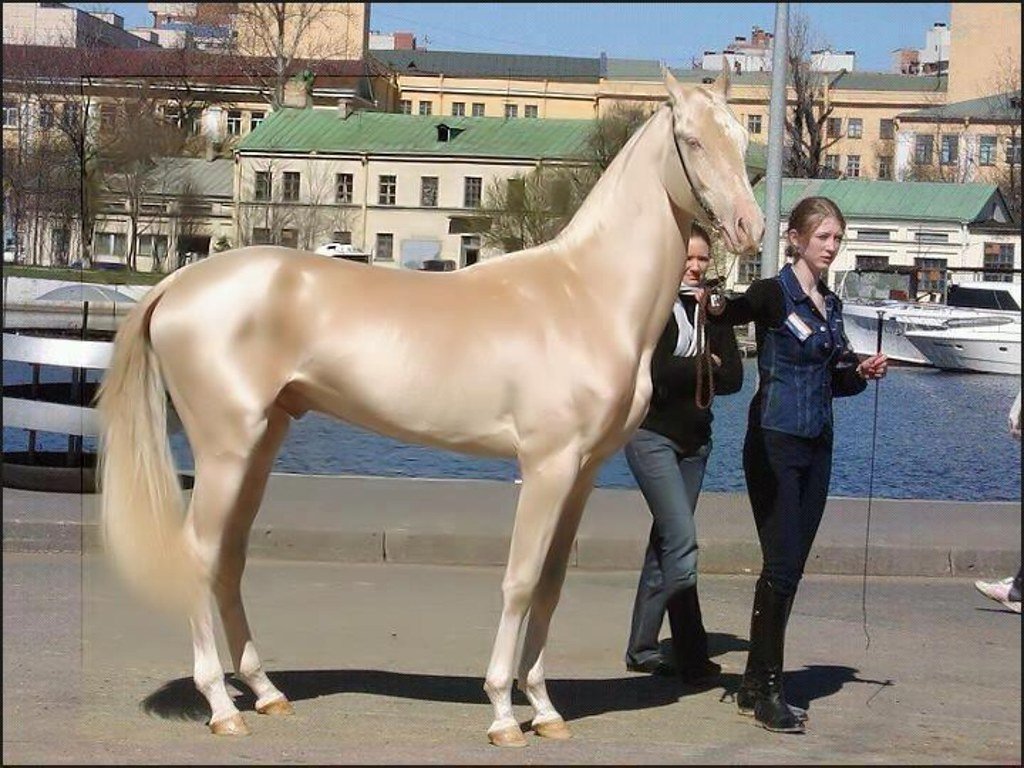
Akhal-Tekes are one of the world’s oldest and most unique horse breeds, known for their shimmering coats and slender builds. While they’re stunning to look at, they’re often described as sensitive and sometimes aloof. Beginners might find Akhal-Tekes challenging because these horses need gentle, patient handling and a subtle touch.
This breed doesn’t always forgive mistakes the way some others do. Their intelligence means they can quickly lose patience with clumsy cues or inconsistent training. Akhal-Tekes also form strong bonds with their chosen humans but can be wary of newcomers. For most beginners, this breed’s combination of beauty and complexity is more than they bargained for.
Warmbloods: The Gentle Giants With a Learning Curve
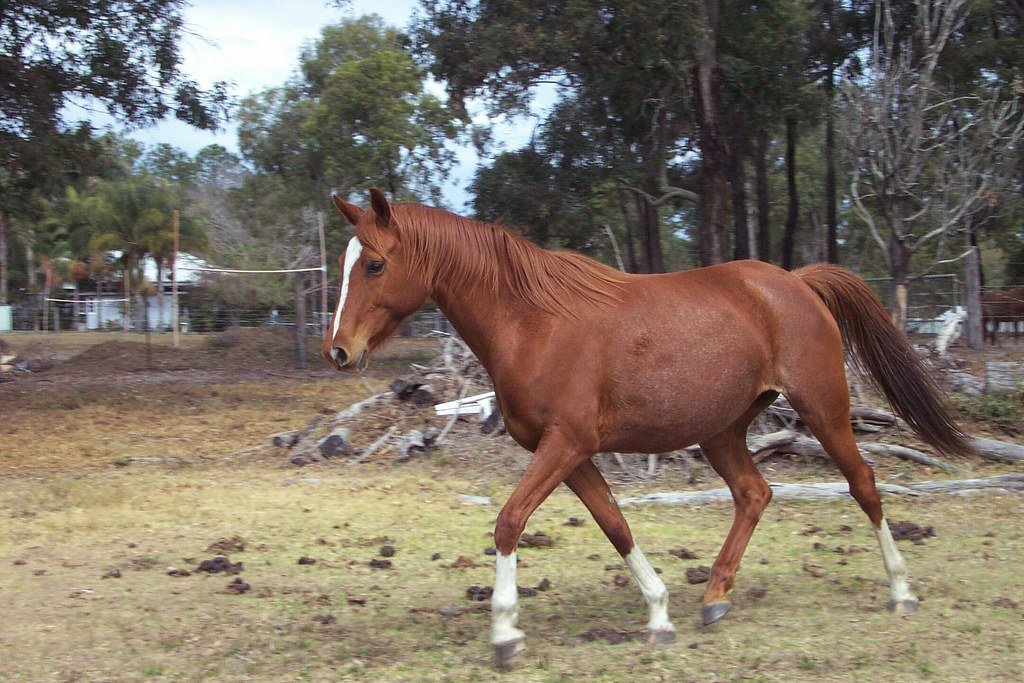
Warmbloods — including breeds like Hanoverians and Dutch Warmbloods — are the stars of the dressage and jumping world. However, their size, strength, and athleticism can be intimidating for new riders. Warmbloods are generally even-tempered, but their sheer power means mistakes can have bigger consequences.
These horses are often bred for performance, not for teaching beginners. They’re highly intelligent and pick up on rider habits, both good and bad. While some Warmbloods are gentle enough for newcomers, most require an experienced hand to bring out their best. For a beginner, riding a Warmblood can feel like being behind the wheel of a powerful truck without knowing how to shift gears.
Andalusian: Passionate and Powerful
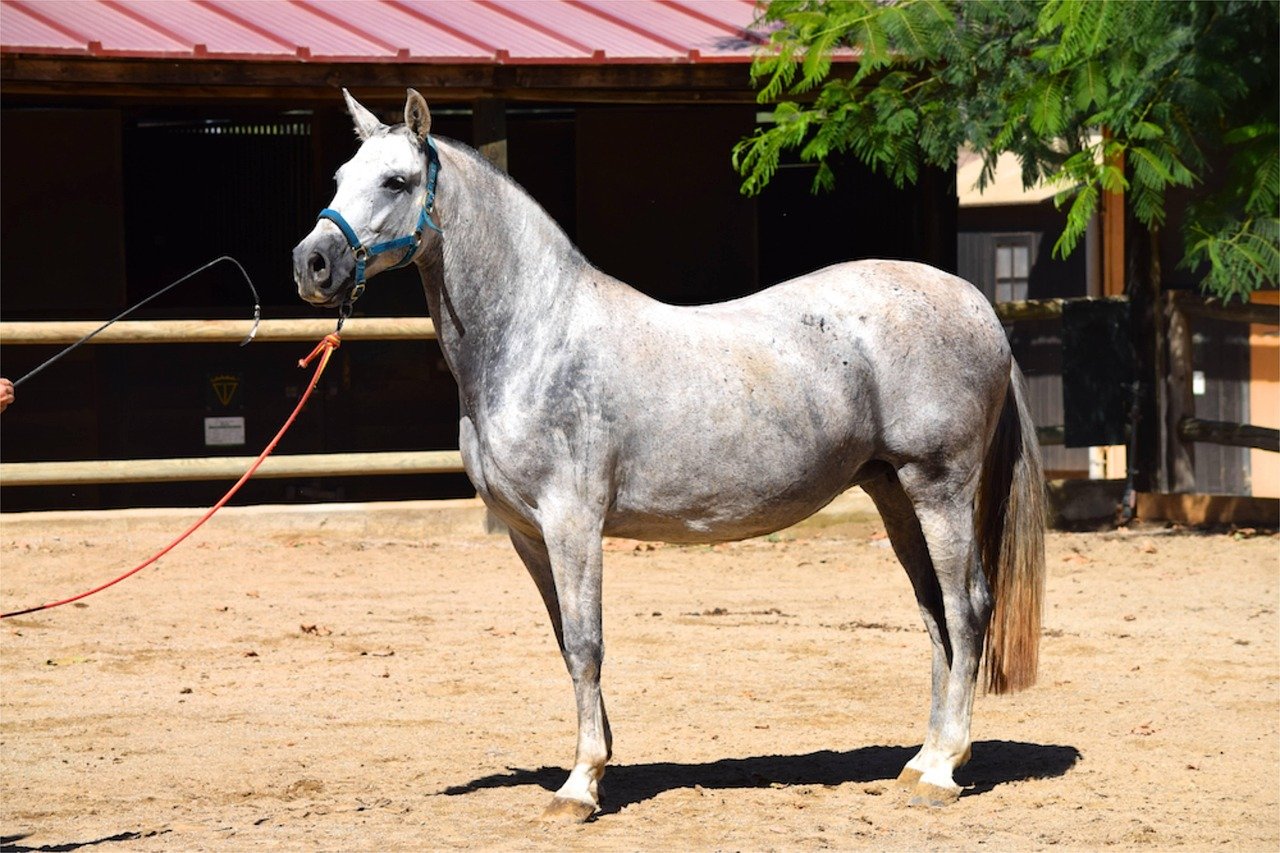
The Andalusian is often called the “dancing horse” for its elegance and flair. But this Spanish breed is spirited and energetic, best suited for riders who know how to channel that passion. Andalusians are quick learners and eager to work, but they can be sensitive and sometimes strong-willed.
For beginners, this combination of power and energy can be overwhelming. Andalusians need clear signals and consistent training — areas where new riders often struggle. While their beauty and charm are undeniable, they’re usually better paired with someone who already has a few years of riding under their belt.
Mustang: Wild at Heart
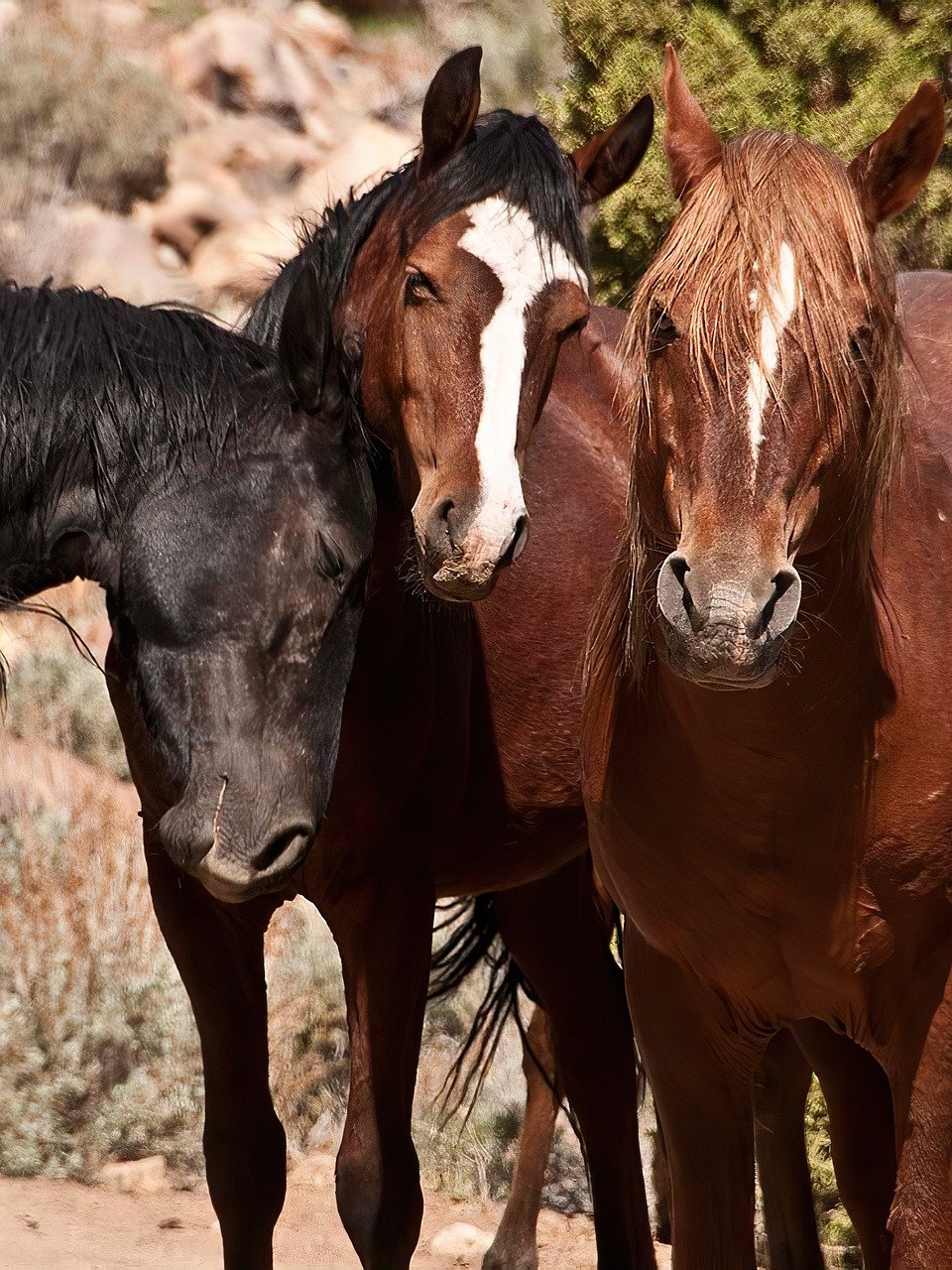
Mustangs carry the spirit of the American West in their veins. While they can be tamed and trained, their wild roots often show through. Mustangs are intelligent, resourceful, and tough, but they’re also independent and sometimes wary of human handling, especially when recently adopted from the wild.
For beginners, a Mustang may present more challenges than rewards. They often require patience, gentle training, and a deep understanding of horse behavior. While some experienced riders have forged incredible bonds with Mustangs, newcomers may find themselves outmatched by the breed’s fierce independence and unpredictability.
Friesian: Majestic, But Demanding
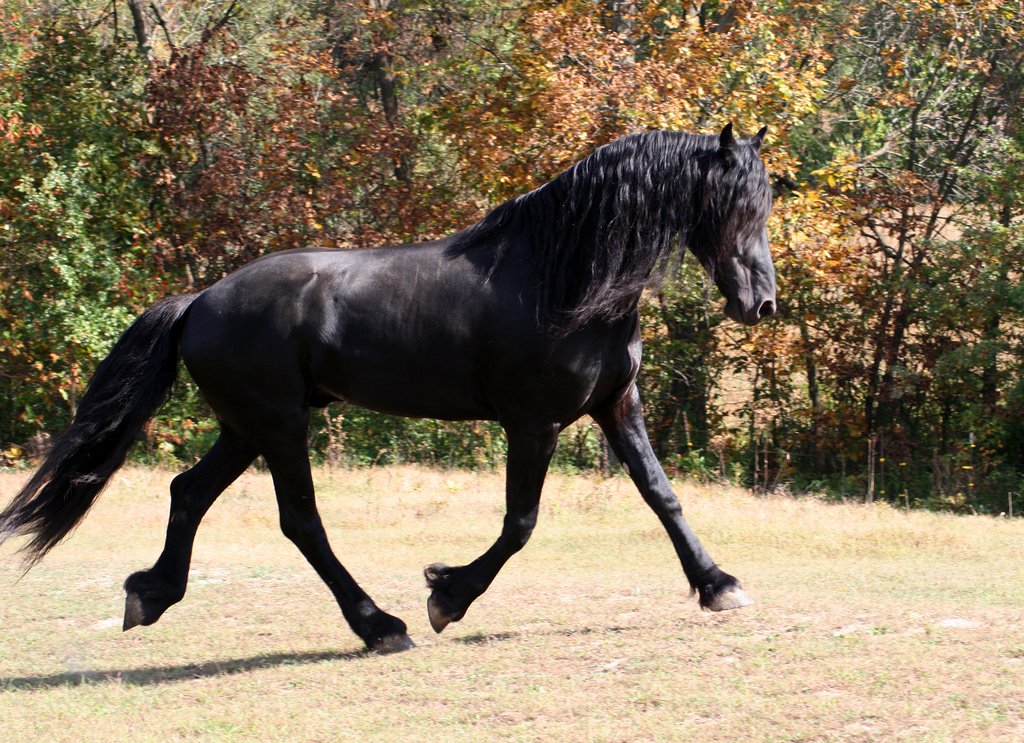
Friesians are famous for their flowing manes and fairy-tale looks. However, their large size and strong personalities can make them a handful for beginners. Friesians are powerful, athletic, and sometimes stubborn. They need a confident, experienced handler to bring out their best qualities.
While Friesians are often gentle with humans, their strength and intelligence require clear guidance. Beginners may struggle to assert themselves or handle the physical demands of riding and caring for such a big horse. The Friesian’s beauty is matched only by the challenge they present to anyone still learning the basics.
Choosing the right horse breed can make all the difference when you’re just starting your equestrian journey. Beginner-friendly breeds tend to be calm, trainable, and forgiving—traits that build confidence in new riders. On the other hand, more spirited or high-maintenance breeds may be better suited to experienced handlers. By matching your goals and skill level with the right horse, you’ll set the stage for a safer, more enjoyable partnership from the very first ride.

Andrew Alpin from India is the Brand Manager of Doggo digest. Andrew is an experienced content specialist and social media manager with a passion for writing. His forte includes health and wellness, Travel, Animals, and Nature. A nature nomad, Andrew is obsessed with mountains and loves high-altitude trekking. He has been on several Himalayan treks in India including the Everest Base Camp in Nepal.

